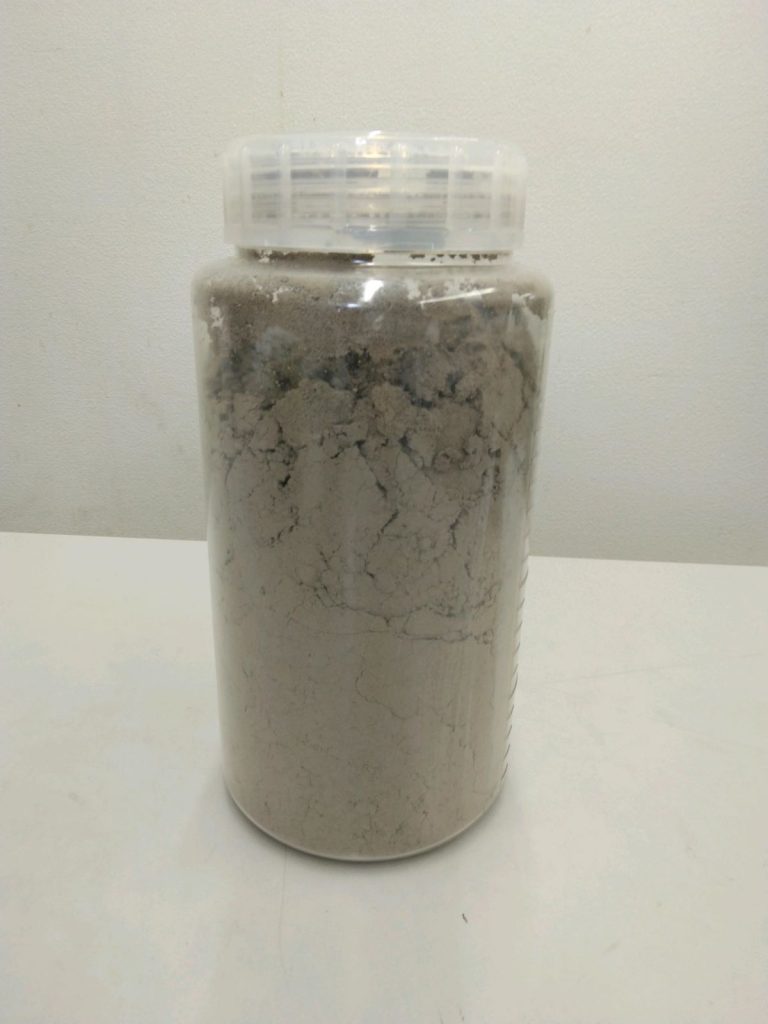
The Arakawa Water Circulation Center in Toda City, Saitama Prefecture, is known as one of the largest wastewater treatment plants in Japan. (Image courtesy of Saitama Prefecture)
Read the full story on Japan 2 Earth - Saitama Registers Japan's First Standardized Fertilizer Made from Sewage Sludge Ash
Saitama Prefecture has developed a new fertilizer made from sewage sludge ash. The sludge comes from the wastewater treatment process at the Arakawa Water Circulation Center in Toda City, one of Japan's largest sewage treatment plants.
The prefecture was the first in the country to register a sludge ash fertilizer under a new standard introduced by the Ministry of Agriculture, Forestry and Fisheries (MAFF) in 2023. The prefecture plans to commercialize the product in collaboration with private fertilizer companies and has named it the "Arakawa Kumamushi ("water bear") No. 1."
Ensuring Quality
According to the Saitama prefectural government, incineration ash from sewage sludge is rich in phosphorus, an essential nutrient for plant growth. Thus it is a potential alternative to chemical fertilizers. But the ash can also contain toxic substances like cadmium and mercury, and its composition can vary significantly. Without any guarantee of its components, sewage sludge ash had yet to be mixed with other fertilizers for sale.

In April 2024, the prefecture registered its new fertilizer product with MAFF. Regular analyses will be conducted to ensure stable quality that meets the standard. Now that they could guarantee the fertilizer's components, it can be mixed with other fertilizers.
Continue reading the full story on Japan 2 Earth to read more about how the fertilizer made from incinerated sludge could reduce reliance on fertilizer imports.
And find more great articles on the environment and the challenges of achieving the SDGs on our affiliated website Japan 2 Earth (J2E), sparking a transition to a sustainable future.
RELATED:
- New Label Scheme Enhances Visibility of Emissions Reductions in Agriculture
- The Future of Forestry is Circular: Transforming Wood Waste into Essential Oils
- Growing Food on the Moon Using Asteroid Soil
(Read the article in Japanese.)
Author: The Sankei Shimbun








